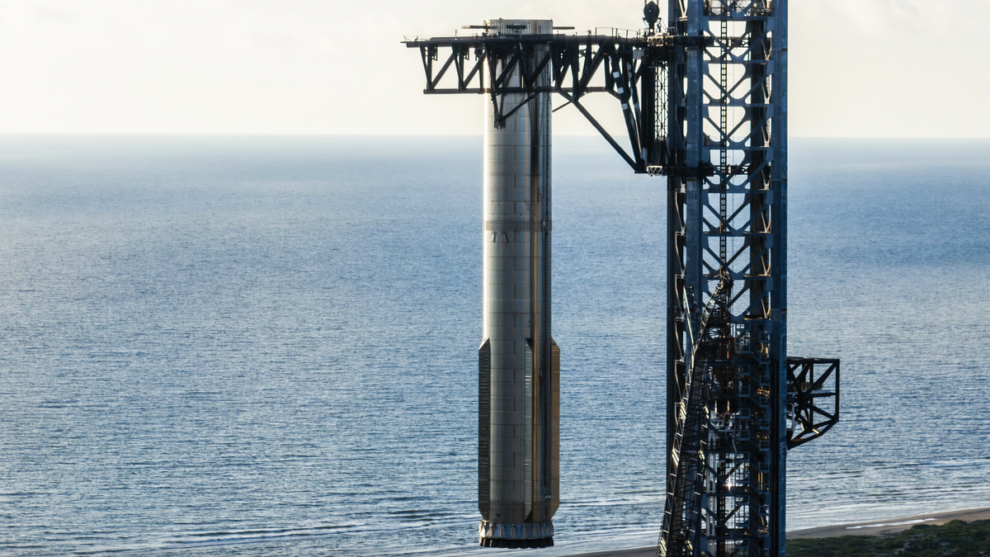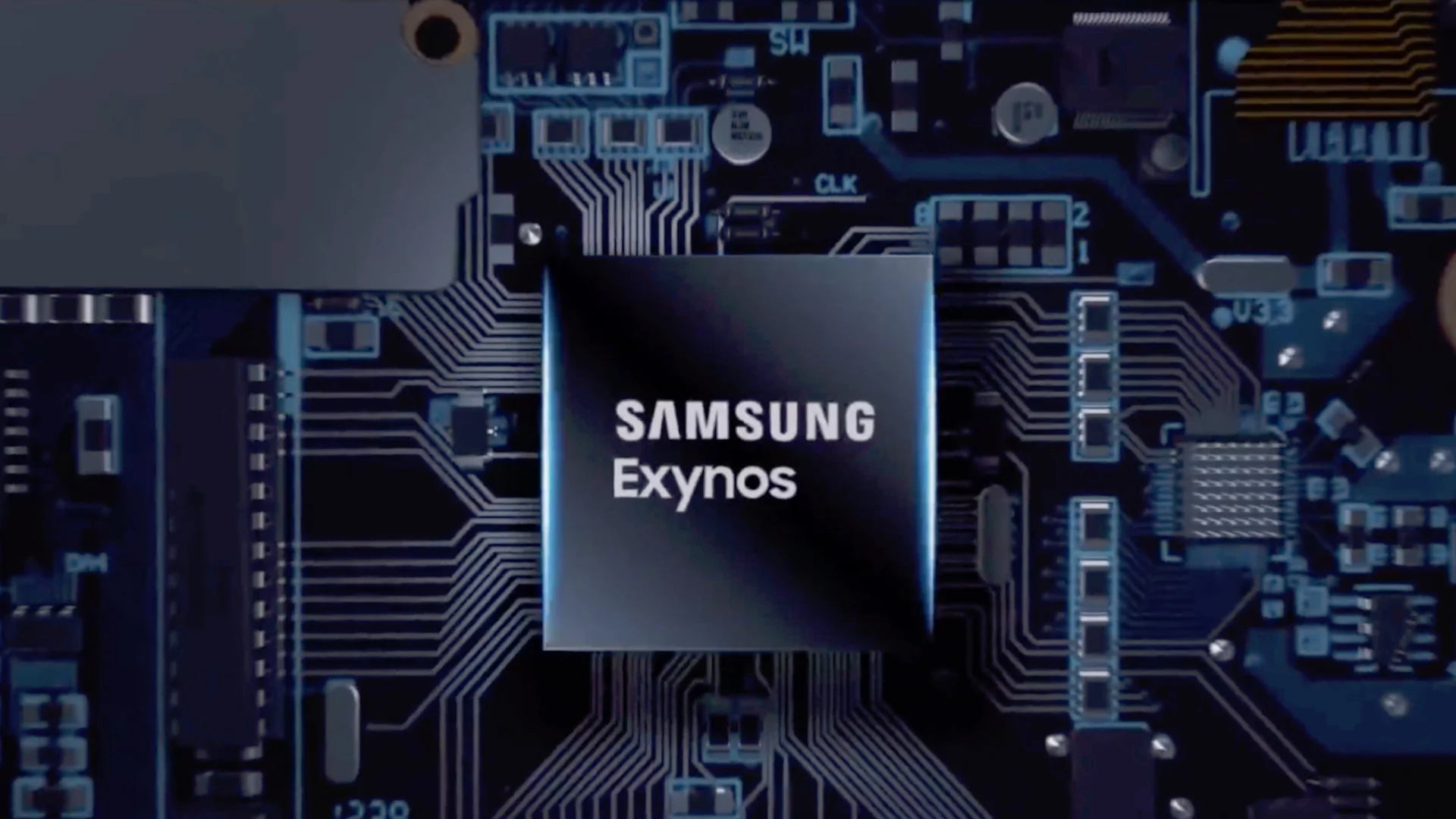SpaceX, under the visionary leadership of Elon Musk, is known for pushing the boundaries of space exploration. One of their most ambitious projects is the development of Starship, a fully reusable transportation system designed to carry both crew and cargo to Earth orbit, the Moon, Mars, and beyond. A crucial element of Starship’s reusability is the recovery and reuse of its massive Super Heavy booster, the first stage of the launch vehicle. SpaceX’s innovative approach to booster recovery involves an attempt to catch the returning booster using the launch tower’s arms, a maneuver that has captured the imagination of space enthusiasts worldwide. This article delves into the intricate details of SpaceX’s practices for this epic Starship booster catch attempt.
SpaceX’s Practices for the Epic Starship Booster Catch Attempt
- The Super Heavy Booster
- Massive Scale: The Super Heavy booster is a colossal structure, standing over 230 feet tall and equipped with up to 33 Raptor engines.
- Controlled Descent: After stage separation, the booster performs a controlled descent back to Earth, utilizing its engines for guidance and maneuverability
- Grid Fins: Large grid fins deploy to further control the booster’s orientation and trajectory during descent
- Precise Landing: The booster aims for a precise landing on the launch pad or in the ocean, depending on the mission profile.
- The Launch Tower and Catch Arms
- Mechazilla: The launch tower, affectionately known as “Mechazilla,” is equipped with massive arms designed to catch the returning booster.
- Quick Disconnect Arms: The arms feature a quick disconnect mechanism to release the booster once secured
- Hydraulic System: A powerful hydraulic system controls the movement and positioning of the catch arms
- The Catch Attempt
- Precise Timing: The catch attempt requires precise timing and coordination between the booster’s descent and the positioning of the catch arms
- Guidance Systems: Advanced guidance systems on both the booster and the launch tower ensure accurate alignment.
- Soft Landing: The catch arms are designed to provide a soft landing for the booster, minimizing stress on the structure.
- Challenges and Risks
- High Winds: Strong winds can significantly impact the booster’s trajectory and make the catch attempt more challenging.
- Engine Issues: Any engine malfunctions during the descent could compromise the booster’s control and jeopardize the catch
- Structural Stress: The catch maneuver places significant stress on both the booster and the catch arms, requiring robust engineering and design.
- Benefits of Successful Booster Catch
- Rapid Reusability: The ability to catch and reuse the booster immediately would drastically reduce turnaround time between launches.
- Cost Reduction: Reusing the booster multiple times would significantly lower the cost of space access
- Increased Launch Frequency: Faster turnaround times and lower costs would enable more frequent launches, accelerating space exploration efforts.
SpaceX’s Progress and Future Plans:
SpaceX has made significant progress in developing the technology and procedures for the Starship booster catch attempt. They have conducted numerous tests, including static fires and short hops of the Starship prototypes, to refine the control systems and landing procedures. While the first successful catch attempt is yet to be achieved, SpaceX remains optimistic and continues to iterate on the design and testing process.
SpaceX’s pursuit of the Starship booster catch represents a bold and innovative approach to achieving full reusability in spaceflight. The successful implementation of this maneuver has the potential to revolutionize the space industry, making space access more affordable and frequent. While challenges and risks remain, SpaceX’s dedication to pushing the boundaries of technology and their track record of achieving ambitious goals suggest that the epic Starship booster catch attempt is not a matter of if, but when. The world watches with anticipation as SpaceX continues to strive towards this historic milestone in space exploration.










Add Comment